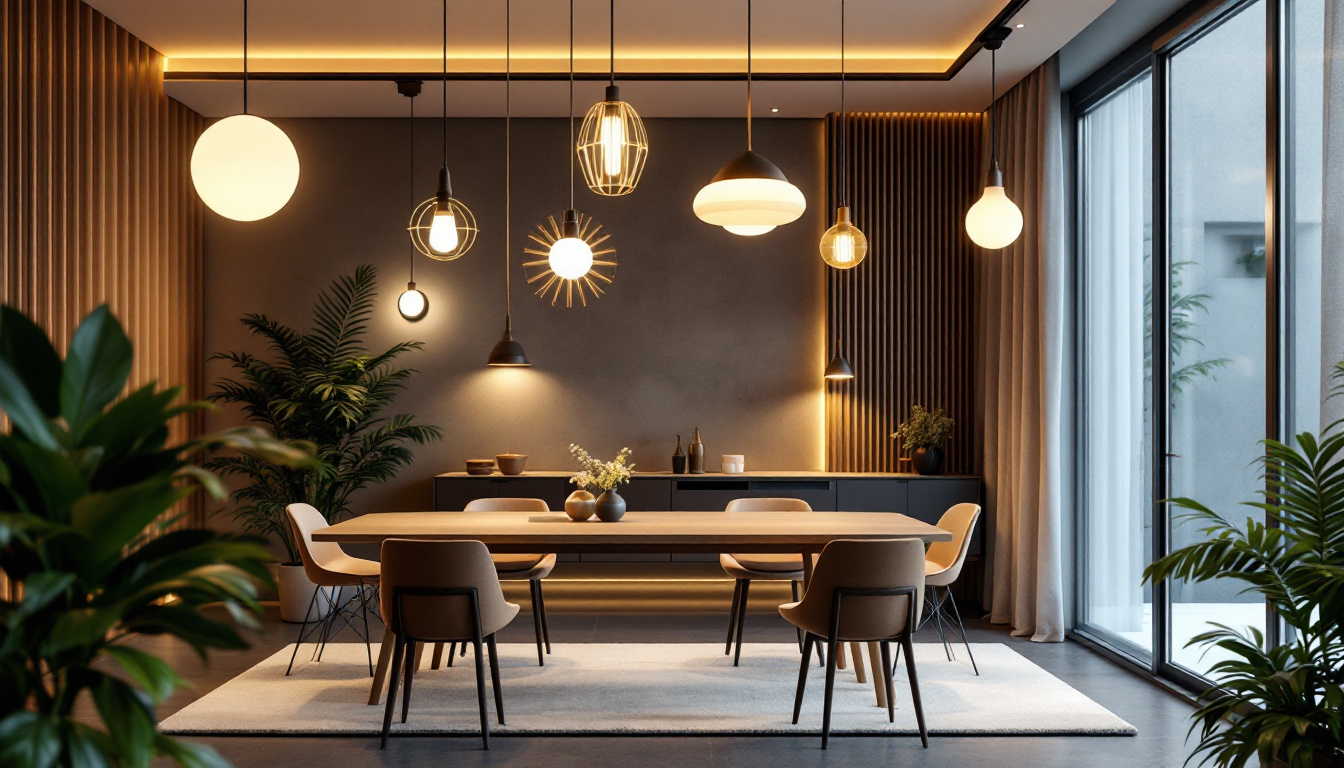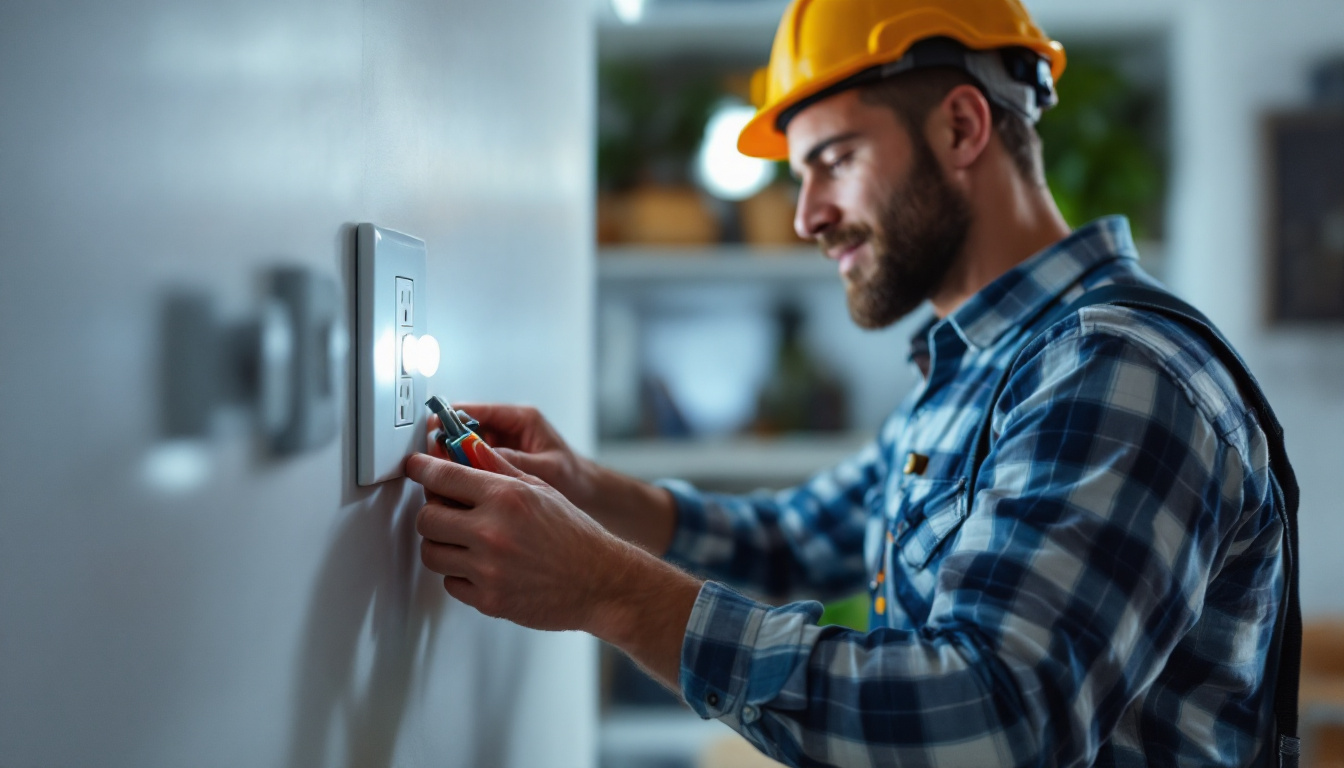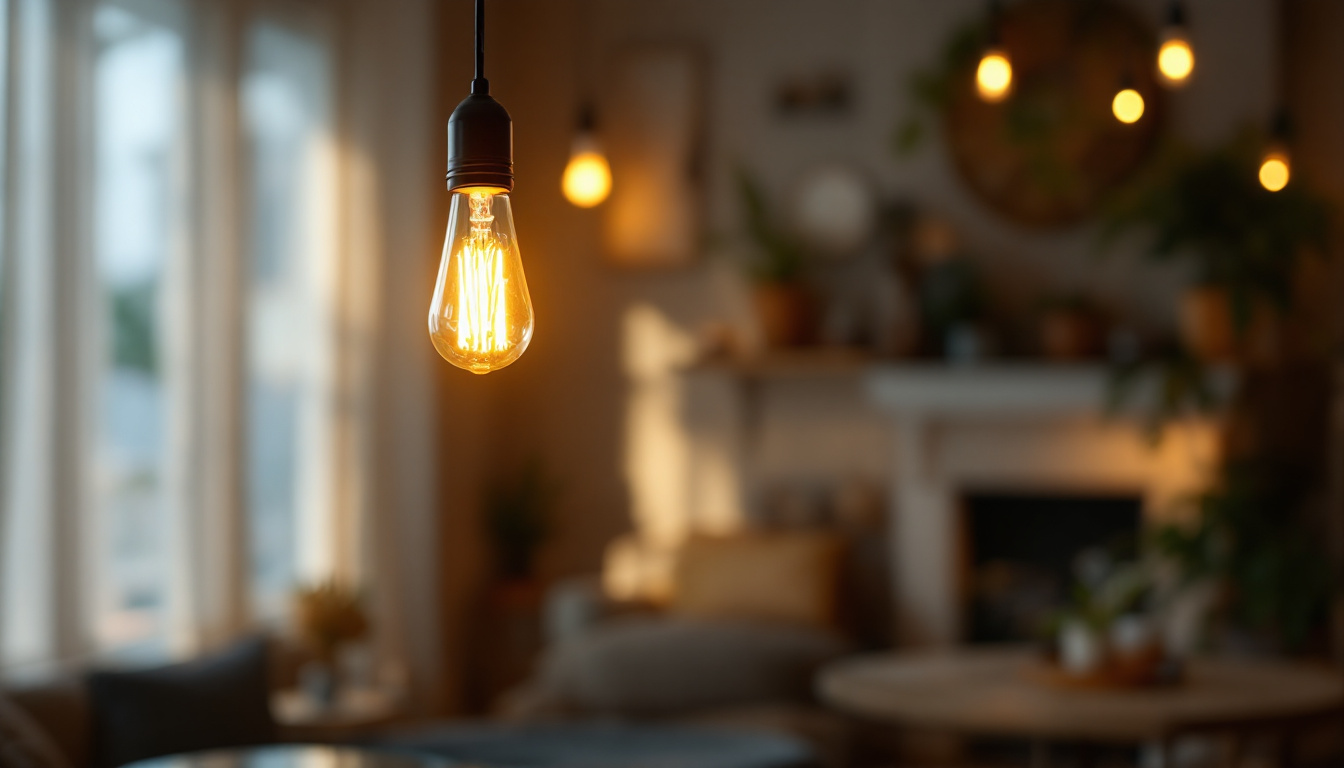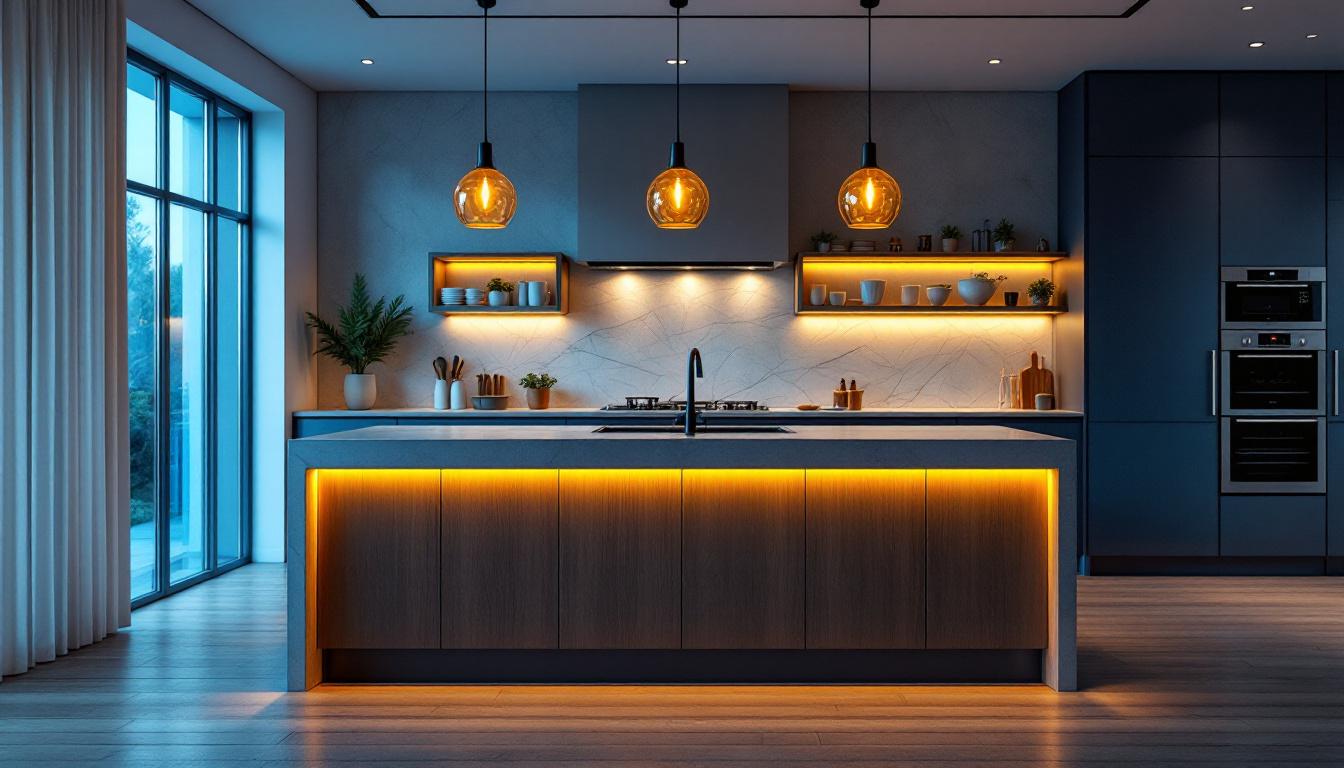
lighting projects are an essential aspect of modern construction and renovation. With the rapid evolution of technology and design trends, it is crucial for lighting contractors to adopt strategies that ensure longevity and adaptability in their projects. One such strategy is the implementation of a light connector system, which can greatly enhance the flexibility and future-proofing of lighting installations. This article will explore the concept of light connectors, their benefits, and best practices for integrating them into lighting projects.
Light connectors are specialized devices designed to facilitate the connection and disconnection of lighting fixtures and components. They serve as a bridge between the electrical supply and the lighting units, allowing for easy modifications, upgrades, and replacements. This modular approach not only simplifies installation but also enhances the overall efficiency of lighting systems.
There are various types of light connectors available in the market, each designed to cater to specific needs and applications. Common types include plug-and-play connectors, terminal blocks, and quick-connect systems. Plug-and-play connectors are particularly popular due to their user-friendly design, enabling quick installation without the need for specialized tools.
Terminal blocks, on the other hand, provide a more permanent solution, ideal for fixed installations where frequent changes are not anticipated. Quick-connect systems offer a balance between the two, allowing for easy disconnection while maintaining a secure electrical connection. Understanding the different types of connectors can help contractors choose the most suitable option for their projects. Furthermore, some connectors come with built-in features such as waterproofing or dust resistance, making them suitable for outdoor or industrial applications where environmental factors could compromise the integrity of the electrical connection.
The adoption of light connectors in lighting projects offers numerous advantages. One of the primary benefits is flexibility. As design trends and technology evolve, the ability to easily swap out fixtures or upgrade components without extensive rewiring is invaluable.
Additionally, light connectors can significantly reduce installation time and labor costs. With a modular system in place, contractors can streamline their processes, minimizing the need for complex electrical work. This efficiency not only saves time but also enhances the overall quality of the installation. Moreover, the use of light connectors can contribute to improved safety standards. By ensuring that connections are secure and easily accessible, the risk of electrical faults or hazards is greatly diminished. This is particularly important in commercial settings where compliance with safety regulations is paramount. Furthermore, many modern light connectors are designed to handle higher wattages and voltages, making them suitable for advanced lighting technologies such as LED systems, which are becoming increasingly prevalent in both residential and commercial applications.
Future-proofing is a critical consideration for lighting contractors, as it ensures that installations remain relevant and functional for years to come. By incorporating light connectors into projects, contractors can create adaptable systems that can evolve alongside technological advancements and changing client needs.
The lighting industry is experiencing rapid technological advancements, particularly with the rise of smart lighting solutions. Integrating light connectors into projects allows for seamless upgrades to smart systems, such as dimmers, sensors, and control systems. This adaptability is crucial for meeting the demands of clients who seek the latest innovations in lighting technology.
Moreover, as energy efficiency standards become more stringent, contractors can easily replace outdated fixtures with energy-efficient alternatives. This not only enhances the sustainability of the project but also helps clients save on energy costs in the long run. The shift towards LED technology, for instance, has transformed the landscape of lighting design, providing longer lifespans and lower energy consumption. By utilizing light connectors, contractors can ensure that future upgrades to even more advanced lighting technologies can be implemented with minimal disruption to existing systems.
Client preferences can change over time, influenced by trends, lifestyle shifts, or even new regulations. Light connectors enable contractors to respond to these changes swiftly. For instance, if a client decides to switch from traditional lighting to LED fixtures, a well-designed connector system can facilitate this transition without extensive modifications.
Furthermore, as spaces are repurposed or renovated, the ability to reconfigure lighting systems becomes essential. Light connectors empower contractors to adapt installations to new layouts or design concepts, ensuring that the lighting remains functional and aesthetically pleasing. This flexibility is particularly valuable in commercial spaces, where the needs of businesses can evolve rapidly. For example, a retail store may want to change its lighting to highlight new product displays or create different atmospheres for seasonal promotions. With a robust connector system in place, contractors can make these adjustments quickly, keeping the environment fresh and engaging for customers.
Additionally, the growing emphasis on wellness in design has led to an increased focus on lighting that supports well-being. Contractors can leverage light connectors to integrate circadian lighting systems that adjust throughout the day, promoting health and productivity within workspaces. This forward-thinking approach not only meets current client demands but also positions contractors as leaders in the evolving market of lighting solutions.
To maximize the benefits of light connectors in lighting projects, contractors should adhere to several best practices. These practices will not only enhance the effectiveness of the installations but also contribute to overall project success.
The selection of the appropriate light connector system is paramount. Contractors should assess the specific requirements of each project, considering factors such as fixture types, installation environments, and future upgrade possibilities. Consulting with manufacturers or suppliers can provide valuable insights into the best options available.
Moreover, it is essential to ensure that the chosen connectors comply with relevant electrical codes and standards. This not only guarantees safety but also enhances the reliability of the lighting system. For instance, connectors designed for outdoor use must be weather-resistant and durable, capable of withstanding environmental factors such as moisture and temperature fluctuations. Additionally, understanding the load capacity of connectors is crucial, as it ensures that the system can handle the electrical demands of the fixtures without risk of failure.
Investing in training and education for the installation team is crucial when implementing light connectors. Understanding the proper installation techniques and troubleshooting methods can significantly reduce errors and enhance the overall quality of the work.
Additionally, staying informed about the latest developments in lighting technology and connector systems can empower contractors to make informed decisions and provide valuable insights to clients. Regular training sessions and workshops can foster a culture of continuous improvement within the team. Furthermore, hands-on training with new products can help technicians become familiar with innovative features and functionalities, ensuring they are well-equipped to handle any challenges that may arise during installation or maintenance.
Even with the best installation practices, regular maintenance is essential to ensure the longevity and functionality of lighting systems. Contractors should encourage clients to perform routine checks on their lighting fixtures and connectors to identify any potential issues early on.
Furthermore, as new technologies emerge, contractors should proactively recommend upgrades to clients. This not only enhances the performance of the lighting system but also reinforces the contractor’s commitment to providing value and staying ahead of industry trends. For example, integrating smart lighting solutions can allow for greater control and energy efficiency, which is increasingly appealing to clients looking to reduce operational costs. By discussing the benefits of such upgrades, contractors can position themselves as trusted advisors, ultimately leading to stronger client relationships and repeat business.
Examining real-world examples of successful light connector implementations can provide valuable insights for lighting contractors. These case studies highlight the effectiveness of light connectors in various settings and demonstrate their potential for future-proofing lighting projects.
In a recent commercial project, a large office building integrated a modular lighting system with light connectors. This approach allowed for easy reconfiguration of lighting layouts as tenants moved in and out. The ability to quickly adapt to changing needs not only saved time but also reduced costs associated with extensive rewiring.
Additionally, the building’s management team was able to upgrade to energy-efficient LED fixtures without disrupting the tenants, showcasing the adaptability and efficiency of the light connector system.
A residential renovation project also benefited from the implementation of light connectors. The homeowners desired a flexible lighting system that could evolve with their changing needs. By utilizing light connectors, the contractor was able to install a series of fixtures that could be easily swapped out or upgraded as the family’s preferences changed.
This approach not only enhanced the aesthetics of the home but also provided the homeowners with the peace of mind that their lighting system could adapt to future trends and technologies.
In an ever-evolving lighting industry, the importance of future-proofing projects cannot be overstated. Light connectors offer a practical and efficient solution for lighting contractors seeking to enhance the adaptability and longevity of their installations. By understanding the various types of connectors, their benefits, and best practices for implementation, contractors can position themselves as leaders in the field.
As technology continues to advance and client needs evolve, the ability to integrate light connectors into lighting projects will be a significant differentiator. Embracing this innovative approach not only enhances project outcomes but also fosters lasting relationships with clients, ensuring their satisfaction and loyalty in a competitive market.
Ready to elevate your lighting projects and stay ahead of the curve? Choose LumenWholesale for all your lighting needs. Our extensive range of spec-grade lighting products ensures you’re equipped with the most advanced and reliable options on the market. With unbeatable wholesale prices and the convenience of free shipping on bulk orders, you can future-proof your installations while maximizing value. Don’t let inflated markups dim your project’s potential. Discover wholesale lighting at the best value today and light up your clients’ spaces with confidence and cost-efficiency.

Discover the essential guide for lighting contractors on outlet switches, covering installation tips, safety protocols, and innovative solutions to enhance your projects.

Discover how Type B 40-watt light bulbs can transform your space with their versatile design and optimal brightness.

Discover the frequent pitfalls lighting contractors face when installing ceiling fans and lights.

Discover how drop lights for kitchen islands are revolutionizing the lighting industry.